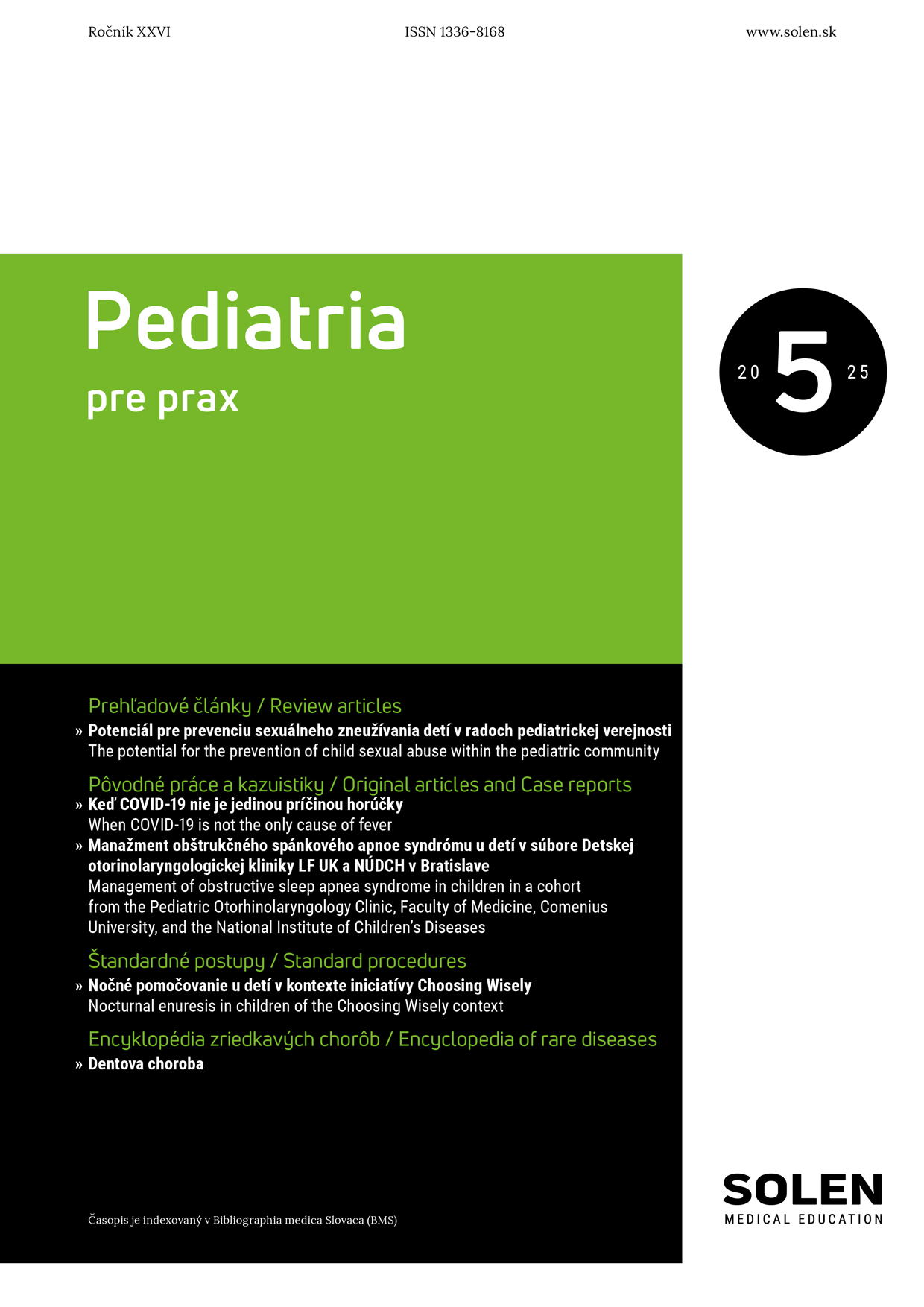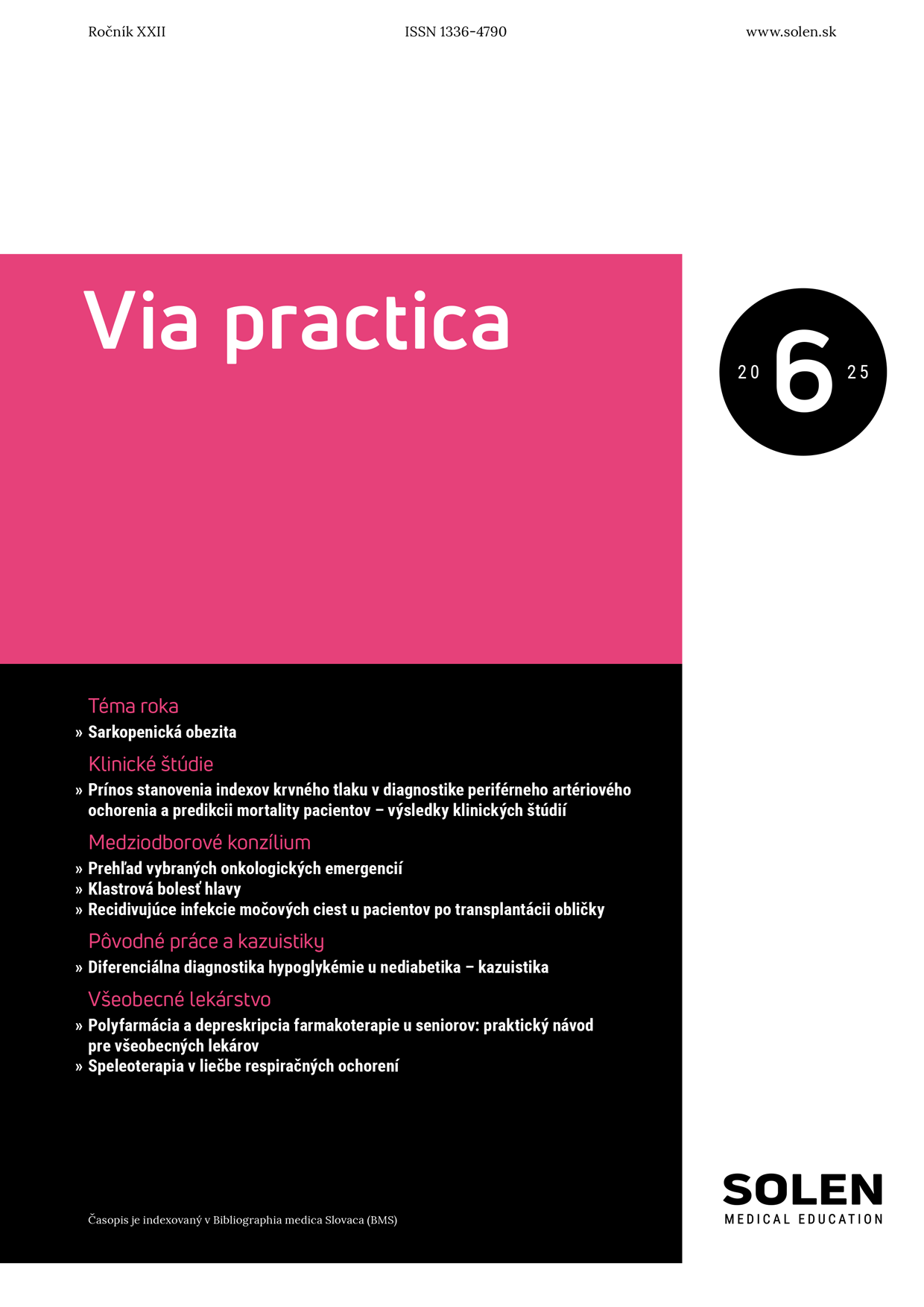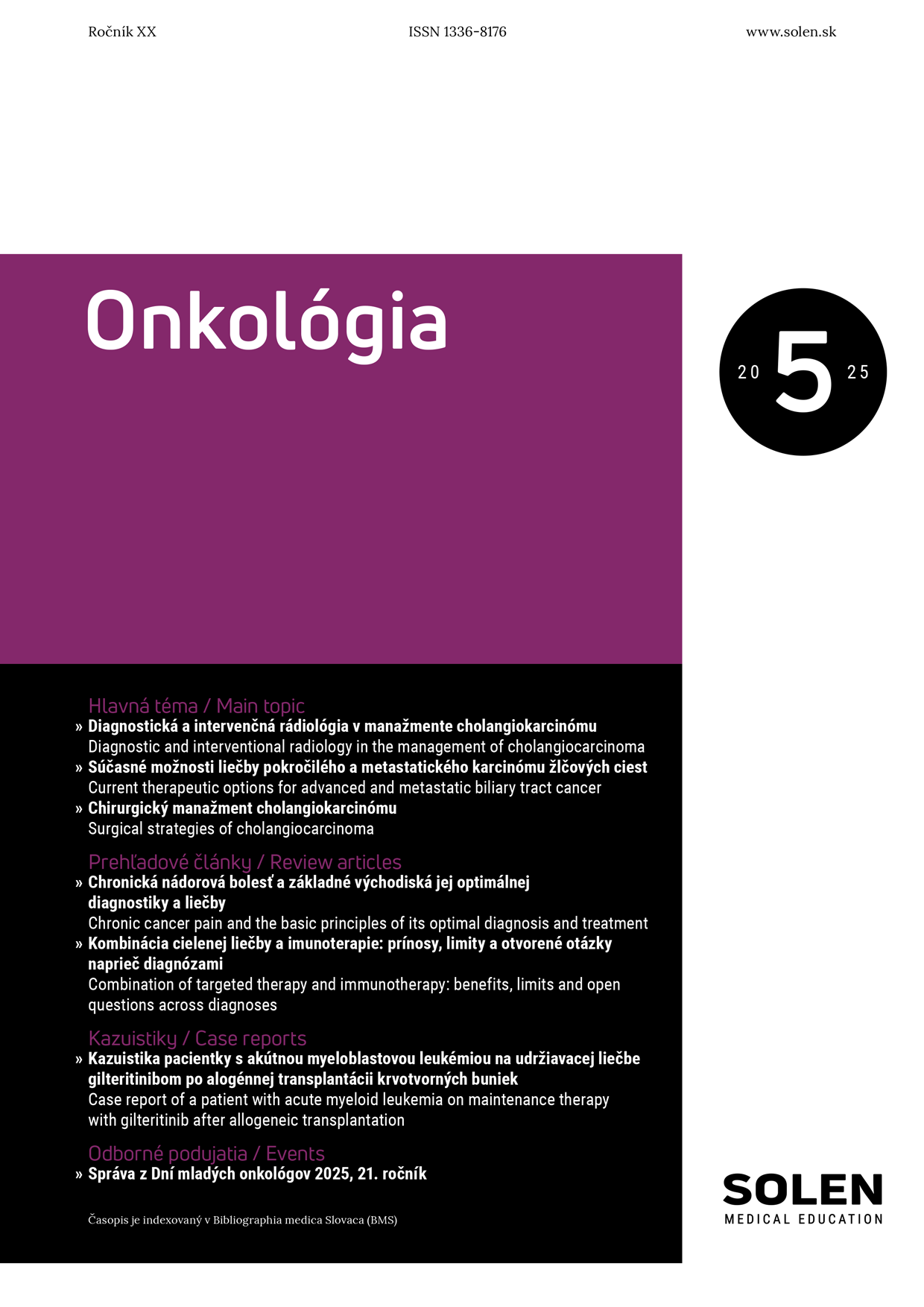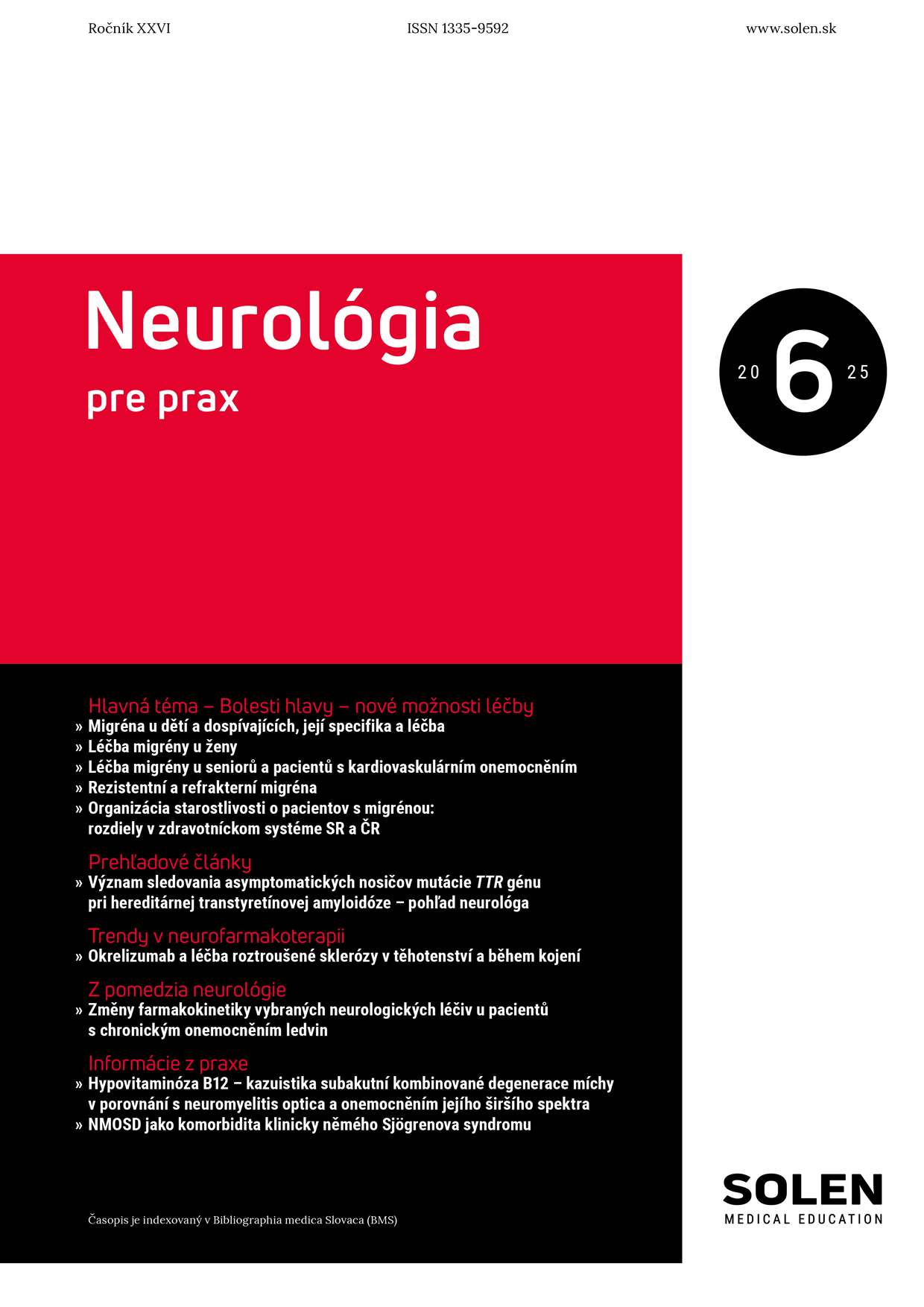Onkológia 5/2007
CHEMOPREVENTION OF BREAST CANCER
In evaluating chemopreventive agents, the development of surrogate end point biomarkers that provide objective evidence of clinical benefit remain extremely challenging. There is a need for rapid and efficient translation of the rapidly emerging wealth of genetic and epigenetic information to initiatives for cancer prevention and early detection , as well as to those for improving patient management. The discovery of inherited mutations of genes associated with increased risk of cancer has opened a new field of cancer medicine and so cancer genetics is increasingly becoming integrated into the practice of modern medical oncology. Advances in cancer biology and medical imaging have led to a number of screening tests. Breast cancer screening modalities include breast-self examinations, examination by physiacian, mammography and magnetic resonance imaging which appears to be more sensitive than mammography at a similar level of specificity, especially in young women with dense breasts. However, to be of benefit, screening must find disease earlier and lead to an efficacious treatment must offer better outcome compared treatment at the onset of symptoms. Moreover, the benefits must also outweigh the harm. Analyses of behavior and cancer prevention provided two conclusions: 1. cancer can be prevented, 2. many of the most powerful preventive strategies are based on changing lifestyles (tobacco use, diet, exercise, and obesity). Special attention is devoted to prevention of hormone-related breast cancer. Despite the positive results of prospective randomized placebo-controlled studies, endorsement from various professional societies, and approval by the US FDA, the use of tamoxifen for risk reduction has been limited. More recently J. Tchou et al found that out of 137 women offered preventive tamoxifen therapy, only 57 (42 %) accepted treatment.
Keywords: chemoprevention of cancer, chemoprevention of breast cancer, cancer genetics, lifestyle, SERMs (selective estrogen receptors modifiers), aromatase inhibitors, risk group of women

















